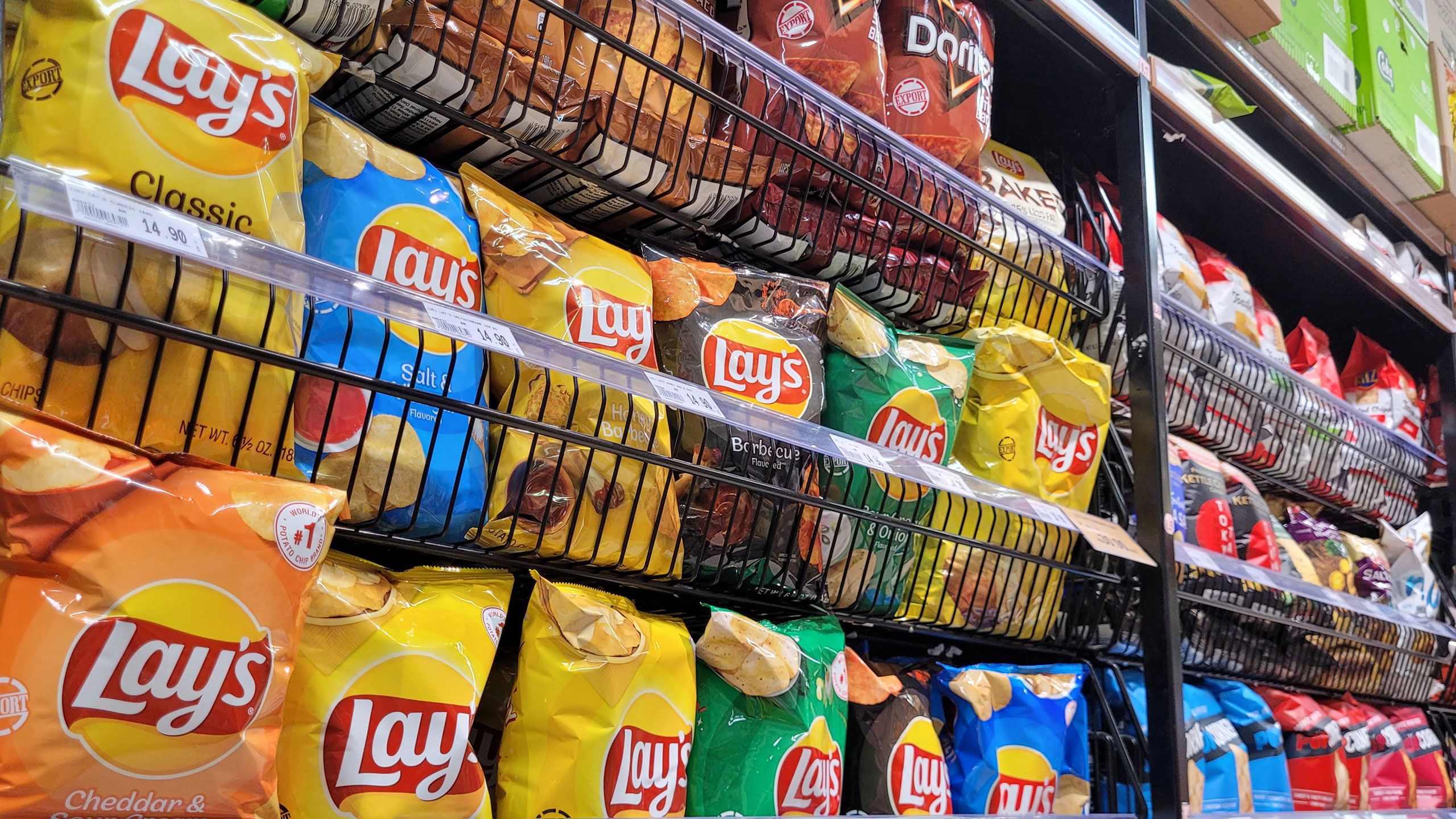All that Glitters Isn’t Gold
Marketing professor's research reveals food packaging may affect snack choices

With U.S. consumers spending more than $557 billion on snacks in 2022—a number expected to grow to $838 billion by 2029—junk food is big business. The study “From Glossy to Greasy: The Impact of Learned Associations on Perceptions of Food Healthfulness,” published in the Journal of Consumer Psychology and coauthored by Henry Rutgers Professor of Marketing Maureen “Mimi” Morrin, reveals that consumers form their ideas about whether a snack is healthy through the food’s packaging.
“We conducted store audits that showed that most potato chips, which are often perceived as 'unhealthy' snacks, are presented in glossy packaging, whereas most crackers, which are often perceived as 'healthy' snacks, are presented in matte packaging,” Morrin said.
Morrin and her coauthors suspected that consumers' decisions about what to eat may be influenced by whether the food's packaging makes it seem healthy. Previous studies have shown that consumers often prefer glossy packaging, but more work needed to be done to determine how customers perceive and respond to glossy versus matte packaging. Through a variety of lab and field tests, they sought to understand how changes in surface gloss might affect individual behavior.

Maureen “Mimi” Morrin, professor of marketing in the Rutgers School of Business–Camden.
Maureen “Mimi” Morrin, professor of marketing in the Rutgers School of Business–Camden.
In one test, Morrin and her colleagues randomly provided participants with unmarked packages of potato chips, identical in every way except the gloss of the package. Each package contained about 113 calories, and participants were asked to put 50 calories worth of chips in a bowl and eat as much of the product as they wanted. Results revealed that participants with a matte package put a larger portion of chips in the bowl and consumed a larger quantity of chips overall compared to the participants with a glossy package.
“We found that consumers have learned over time, that 'healthier' snack foods tend to be packaged in matte packaging,” Morrin said.

In another test, the researchers placed an equal number of glossy and matte snack packages at two different food trucks—one that served hamburgers and one that served salads. The hypothesis was that a patron interested in a salad over a hamburger would choose a healthier snack option. After 25 days, the salad patrons had purchased proportionally fewer glossy snack packs than the patrons of the burger truck.
“As a result, consumers seeking healthier snack foods are more likely to choose snacks in matte packaging, and when consuming snack foods from glossier packaging, they may infer the contents are less healthy, and thus consume less,” Morrin said.
For consumers, this research is a reminder to be mindful of food choices, even as they may be snacking more. Armed with the knowledge that they may be making associations based on the snack package, they can take additional steps, like reviewing the nutrition label, to be sure they are snacking smart.
“Consumers should be aware that the surface qualities of packaging may influence their perceptions of the healthfulness of foods and beverages and should check nutrition labels to ensure they are making choices that align with their nutritional goals,” Morrin said.


Creative Design: Beatris Santos